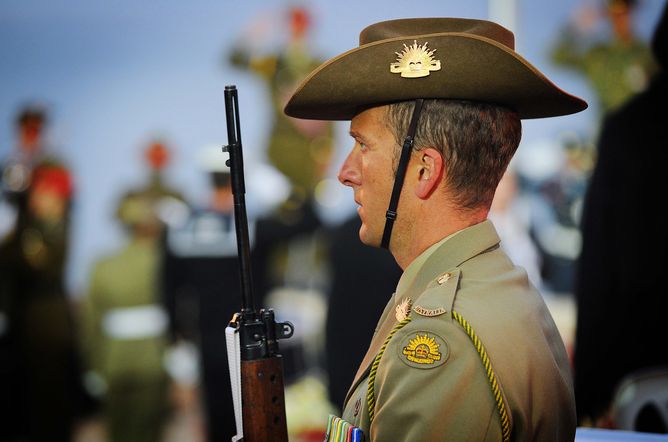Subs, Indonesia, F-35s And Gas: Australia’s Strategic Choices
http://breakingdefense.com/2014/08/subs-indonesia-f-35s-and-gas-australias-strategic-choices/

Subs, Indonesia, F-35s And Gas: Australia’s Strategic Choices
By Colin Clark on August 26, 2014 at 10:52 AM
SYDNEY: In World War II, this country served the allied cause as a giant aircraft carrier and port, providing planes, men and materiel to deploy throughout the Pacific. Allied aircraft flew from the northeastern town of Cairns during the Battle of the Coral Sea — known by some as the “battle that saved Australia.”
The Battle of Milne Bay on the eastern tip of New Guinea, little known to Americans, marked the first time allied troops turned back what had been the unstoppable Japanese. Australians fought that battle, aided by allied aircraft flying from an airstrip inland of the port of Townsville, which played crucial roles in virtually every battle of the Pacific.
Today, the strategic situation is very different. The greatest threats to peace in the region are North Korea and an increasingly assertive China. Indonesia has replaced Japan as the central threat faced by the Australia, although relations between the two states have improved considerably over the last two decades. Defense policymakers still consider the Aussie military’s ability to defeat Indonesia a primary benchmark.
~snip~
Already, Australia is deep into a series of major reviews. The new conservative government of Tony Abbott ordered another White Paper, a new Capability Plan and a workup on Defense Industry Capability. In plain English, that means a newish strategy, a plan for what Australia will buy and scrap and an analysis of whether the country has the labor, companies and technology to do what it wants to do. (The White Paper reportedly will justify almost doubling the Australian defense budget over the next 10 years to $50 billion from its current $25 billion. The Labour Party had promised the same figure, but only when circumstances allowed.)
